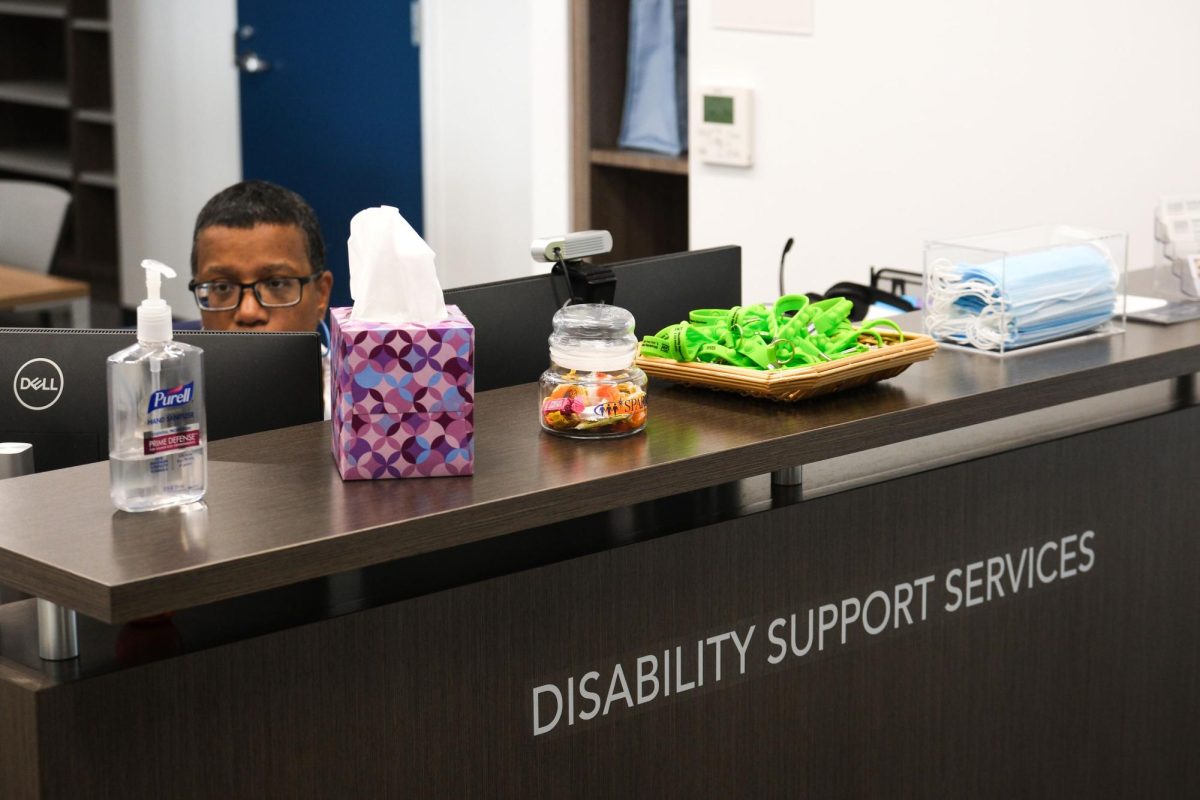GW has converted old apartment complexes and Foggy Bottom townhouses into residence facilities with a modern appeal, housing the greatest number of GW undergraduates in University history.
We’ve been really pleased with the transition and the progress we’ve made during this conversion process, said Michael Peller, managing director for Property Management and Real Estate. We’ve upped the standards on each building and have made significant upgrades.
GW began transforming The Schenley, The West End, The Dakota and several town houses – all part of the Property Management Office’s Off-Campus Housing Portfolio – into GW residence halls in the spring, Peller said.
University contractors installed GWorld operating systems, ripped-out and replaced old wires from their conduits and established premium connectivity for internet access, Peller explained.
The Schenley was the most difficult building to convert, just because it was the oldest, Peller said. We greatly upgraded the electrical systems in the building. We tore apart conduits. It was intense work. We literally didn’t finish with completing the Schenley Hall conversion until just a couple of days before students moved in.
Peller said the conversion process was a team effort of Student Academic and Support Services, the Community Living and Learning Center and former residents.
You have electric systems, Telecom, GWorld, security, all trying to get these building ready for the students, he said. And I think we did a pretty good job.
Some students said that they were satisfied with their living quarters.
Living in the Schenley has been pretty decent, sophomore Shayna Kulik said. They did a good job with what they had to work with. The only problem we had was when my roommate had to clean up cockroaches when we first moved in.
Insect problems have appeared in some older buildings, most notably in The Schenley and The West End, students said.
Peller said the University is handling the insect problem.
We’ve heard about the cockroach problem, and we’ve renewed our agreements with the pesticide contractors, Peller said. They are constantly performing tests within the building, attempting to prevent any such problems.
GW officials said the University will attempt to acquire and convert even more off-campus property, galvanized by the successes of this year’s conversion projects.
Officials have begun transforming row houses, including the Scholars’ Village along F Street.
We’re always trying to expand residential commitment, Peller said. We want to house as many people as possible.






